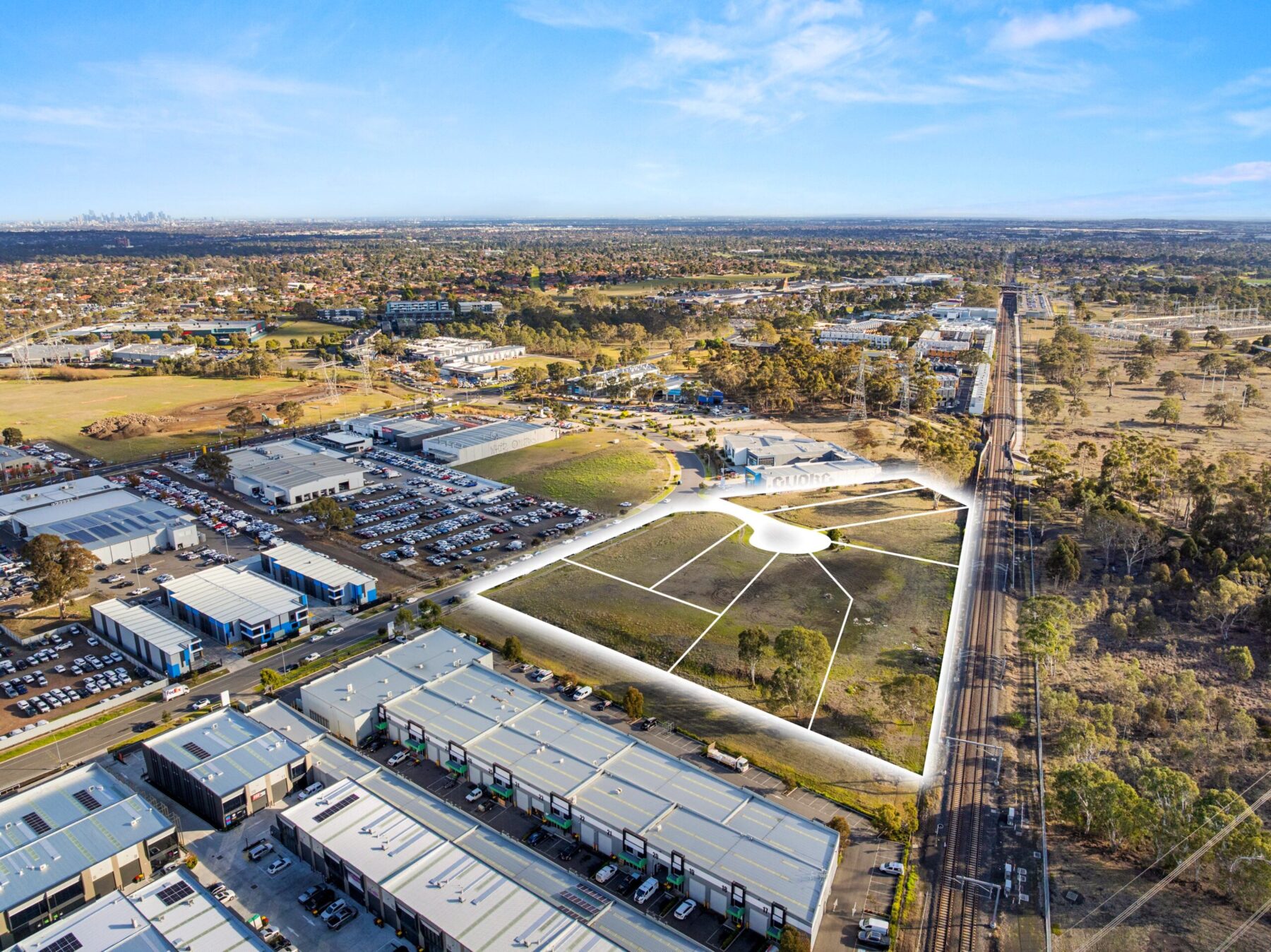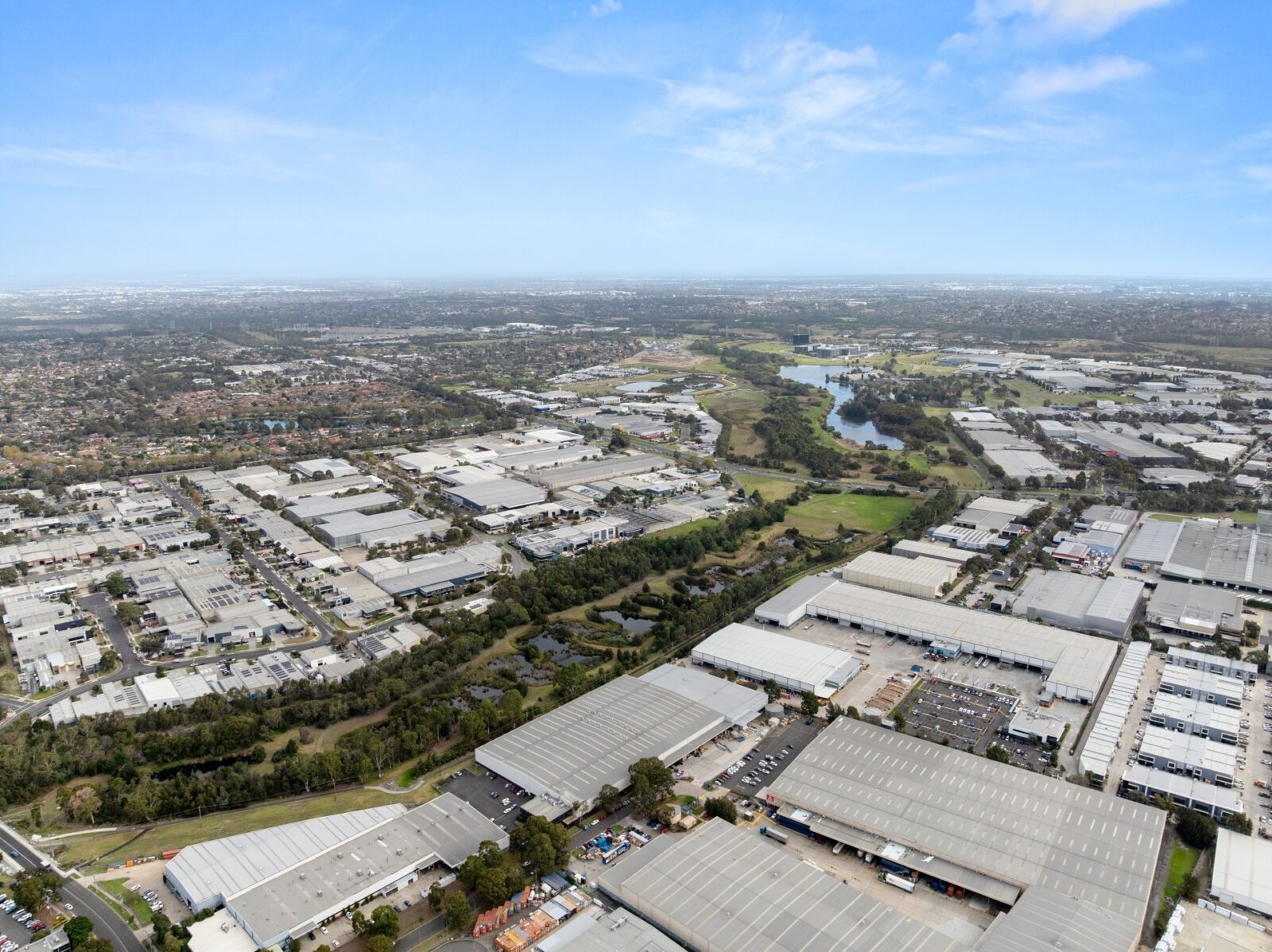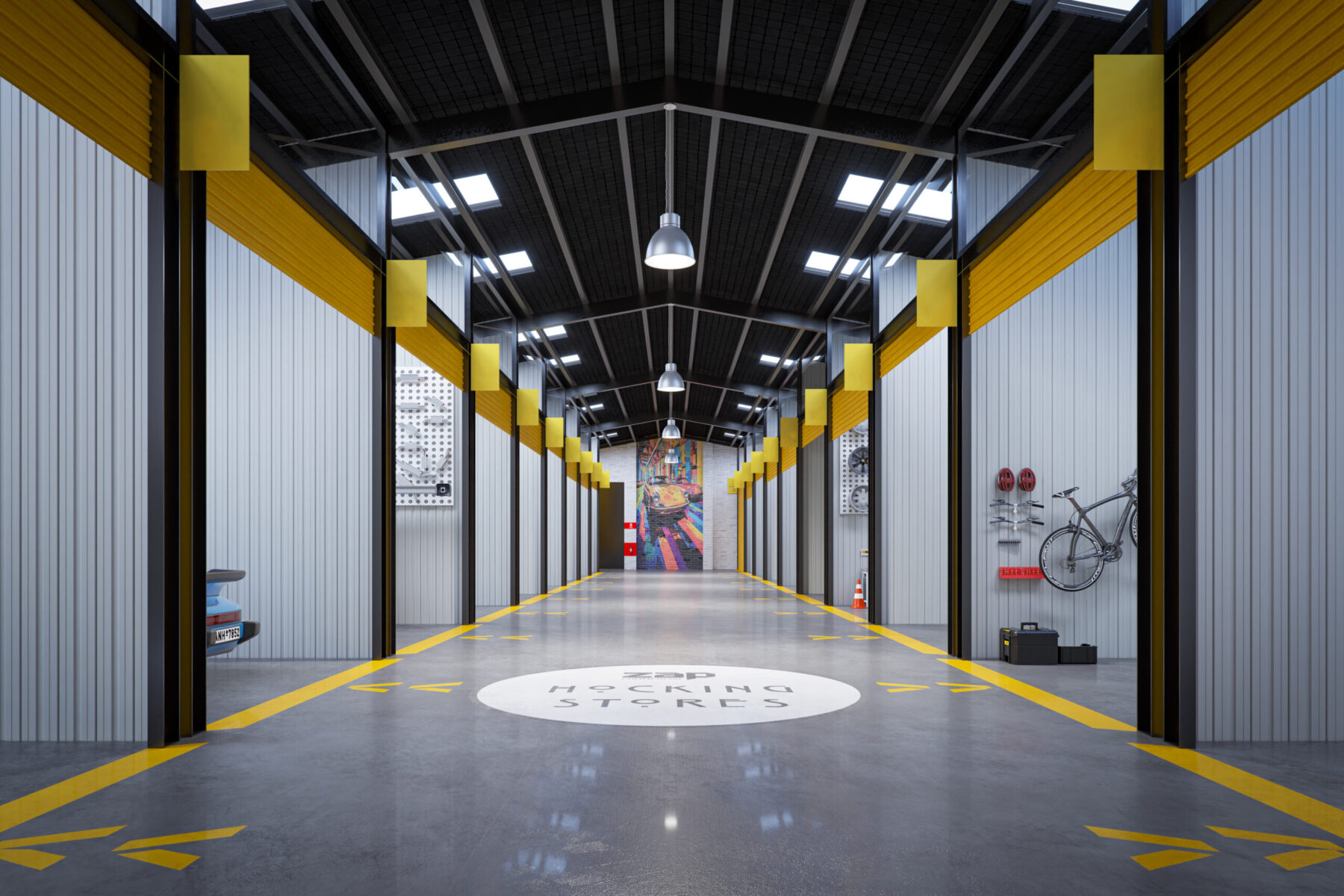
The national average vacancy rate in Australia’s industrial & logistics market continues to be the lowest globally, with Sydney having the tightest vacancy rate of any city in the world at 0.5%.
CBRE’s H2 2023 Australia’s Industrial and Logistics Vacancy report showed a lift in vacancy rates for all major markets across Australia, however overall vacancy remains at sub-2%.
Sass J-Baleh, CBRE’s Head of Industrial & Logistics Research, noted, “We are now beginning to see upward movement in the vacancy rate across all major markets. Although the movements are not significant and remain at relatively low levels, we expect this increase to continue throughout 2024 as demand normalises and greater supply enters most markets.”
The report highlights that net absorption continued to be dominated by occupier expansion. Net absorption reached 1.1 million sqm over H2 2023 and was concentrated in the Sydney and Melbourne markets.
“The greater net absorption in these two markets is owing to new floorspace being readily absorbed, with a combined total of 1.3 million sqm of new supply being added to Sydney and Melbourne over H2 2023,” Ms J-Baleh added.
CBRE’s Industrial & Logistics Regional Director, Cameron Grier said, “Occupiers will finally start having some choice in 2024, although we expect most will be taking the flight to quality journey. With this increased supply, it’s important to note most markets will remain well below historical vacancy levels.”
Sydney:
Vacancy levels continue to be at an all-time low in Sydney due to the lack of available space but have risen slightly from the 0.2% vacancy reported in H1 2023.
This was mainly owing to higher sub-lease activity – representing 70% of the total vacant space in the Sydney market.
CBRE’s Western Sydney Managing Director Michael O’Neill noted, “There will be an increasing number of vacancies coming online in the first half of next year so we can expect vacancy to exceed 1% by mid-2024.”
“There will be leases that reflect rental growth in early Q1 but more broadly rents will stabilise with upward pressure on incentives likely. Most of the new stock coming online in Q1 and Q2 will be larger format space in the Outer West but there will be a combination of speculative, existing, and sublease vacancy in all markets. Essentially the market will begin to normalise after two years of extraordinary growth.
“Land supply continues to be impacted in parts of the Mamre Road and Aldington Precinct which will alleviate some of the downward pressure caused by the inflated cost of capital and construction.
While capital values continue to be negatively affected by yields softening, moderating rental growth and historically low vacancy will continue to preserve value.”
Melbourne:
The Melbourne vacancy rate has increased slightly to 1.6%.
The North and Southeast/East vacancy rates both remained stable over the second half of the year at 0.7% and 1.4%, respectively.
CBRE Senior Director Tom Murphy commented, “The major movement in the vacancy rate over H2 2023 was recorded in the West precinct, from 1.4% 1H23 to now at 2.9%. Several sub-lease spaces were recorded in the West precinct– representing around 20% of total space available in this market.”
“Greater availability in the West has pushed Melbourne’s average vacancy up from 1.1% in H1 2023 to 1.6% in H2 – to be the highest in the country.”
Brisbane:
The Brisbane market has recorded the largest movement in the vacancy rate between H1 2023 and H2 2023, increasing to an average of 1.4%
The South precinct, which had the lowest vacancy rate in Brisbane over H1 2023 at 0.3%, now has the highest vacancy rate of 2.7%. Most of the vacant space was in secondary-grade stock.
Brisbane also recorded significant upward movement within the M1 Corridor, from 0.4% in H1 2023 to 2.0% in H2 2023. All other precincts in Brisbane remain relatively tight.
Net absorption in Brisbane fell over the second half of the year, dropping by more than 50% when compared to H1 2023.
CBRE State Director Peter Turnbull added, “Demand has slowed over the last couple of months with the majority of the 2023 take-up happening in the first quarter of the year. There are still deals happening, but not the same level of urgency.
“Construction pricing remains high, which is continuing to slow the rate of speculative stock commencing. We are now starting to see for the first time some sub-lease space coming to market, as customers with 3PL providers begin to reduce their stockpiles and no longer require the space they leased in the pandemic period. We believe incentives will start to increase in 2024 as owners attempt to hold their face rents.”
Adelaide:
The largest decline in Adelaide’s vacancy rate was recorded in the West precinct, from 4.5% in H1 2023 to 1.8% in H2 2023.
Despite a significant fall in available space in the West, several other precincts experienced an uptick in the vacancy rate, including the North West going up 120bps, the Outer North up 110bps and the North up 20bps.
CBRE State Director Jordan Kies commented, “Several sale transactions have occurred in Q4 2023 demonstrating that appetite for land and value-add assets continue to drive activity in the South Australian market.”
“Vacancy remains tight, with the limited speculative development stock under construction being absorbed at a healthy rate. The gross occupancy cost of tenants is being monitored with notable increases in market rents, wages, fuel and transport, electricity, gas, and quite substantial recent increases in statutory outgoings which are generally passed on and recovered from the tenant. Whilst we’re yet to see this, we expect some sub-leasing activity to start to creep into the South Australia market.”
“The lower end of the market continues to be in high demand with leasing and sales activity remaining buoyant. The occupiers forced out from South Road continue to look for new premises which continue to underpin the market.”



